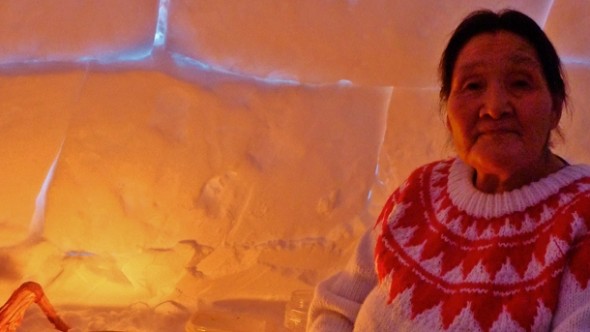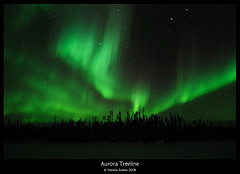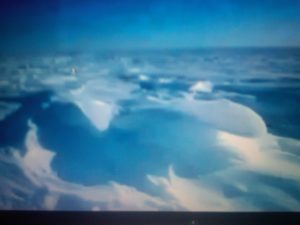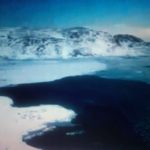Inuit communities, elders and hunters, speak regarding social and ecological impacts of a warming Arctic and their conception of poles shifting, winds different, stars unrecognized. A Labrador Inuit Aurora Borealis myth illuminates their traditional connection with the stars.


“The Tilting of the Earth Changes Everything…”
Nunavut-based director Zacharias Kunuk (Atanarjuat The Fast Runner) and researcher and filmmaker Dr. Ian Mauro (Seeds of Change) teamed up in 2009 with Inuit communities to document their knowledge and experience regarding climate change. This documentary, the world’s first Inuktitut language film on the topic, takes the viewer “on the land” with elders and hunters to explore the social and ecological impacts of a warming Arctic.
httpvh://youtu.be/yee9rKOlMUo
To See the Entire Film: Qapirangajuq – Inuit Knowledge and Climate Change
The Inuit are a group of culturally similar indigenous peoples inhabiting the Arctic regions of Canada (Northwest Territories, Nunatsiavut, Nunavik, Nunavut, Nunatukavut), Greenland, Siberia and Alaska. Inuit means “the people” in the Inuktitut language. An Inuk is an Inuit person. The Inuit language is grouped under Eskimo–Aleut languages.
The Inuit live throughout most of the Canadian Arctic and subarctic: in the territory of Nunavut (“our land”); the northern third of Quebec, in an area called Nunavik (“place to live”); the coastal region of Labrador, in areas called Nunatsiavut (“our beautiful land”) and Nunatukavut (“Our Ancient Land”); in various parts of the Northwest Territories, mainly on the coast of the Arctic Ocean and formerly in the Yukon. Collectively these areas are known as Inuit Nunangat.
httpvh://youtu.be/nOZ5LLA-SKg
Inuit Observations on Climate Change: This video documents the impacts of climate change from an Inuvialuit perspective. On Banks Island in Canada’s High Arctic, the residents of Sachs Harbour have witnessed dramatic changes to their landscape and their way of life. Exotic insects, fish and birds have arrived; the sea ice is thinner and farther from the community, carrying with it the seals upon which the people depend for food; the permafrost is melting, causing the foundations of the community’s buildings to shift and an inland lake to drain into the ocean. In the fall, storms have become frequent and severe, making boating difficult. Thunder and lightning have been seen for the first time.


Inuit Mythology Regarding the Aurora Borealis
(Reported by Ernest W. Hawkes in Labrador)
The ends of the land and sea are bounded by an immense abyss, over which a narrow and dangerous pathway leads to the heavenly regions. The sky is a great dome of hard material arched over the Earth. There is a hole in it through which the spirits pass to the true heavens. Only the spirits of those who have died a voluntary or violent death, and the Raven, have been over this pathway. The spirits who live there light torches to guide the feet of new arrivals. This is the light of the aurora. They can be seen there feasting and playing football with a walrus skull. The whistling crackling noise which sometimes accompanies the aurora is the voices of these spirits trying to communicate with the people of the Earth. They should always be answered in a whispering voice. Youths dance to the aurora. The heavenly spirits are called selamiut, “sky-dwellers,” those who live in the sky.
Inuit People on Pole Shift
httpvh://www.youtube.com/watch?v=_HZ_Dvkxi-8
http://www.isuma.tv/inuit-knowledge-and-climate-change/movie


Follow WilderUtopia on Facebook…
Updated 15 March 2018









